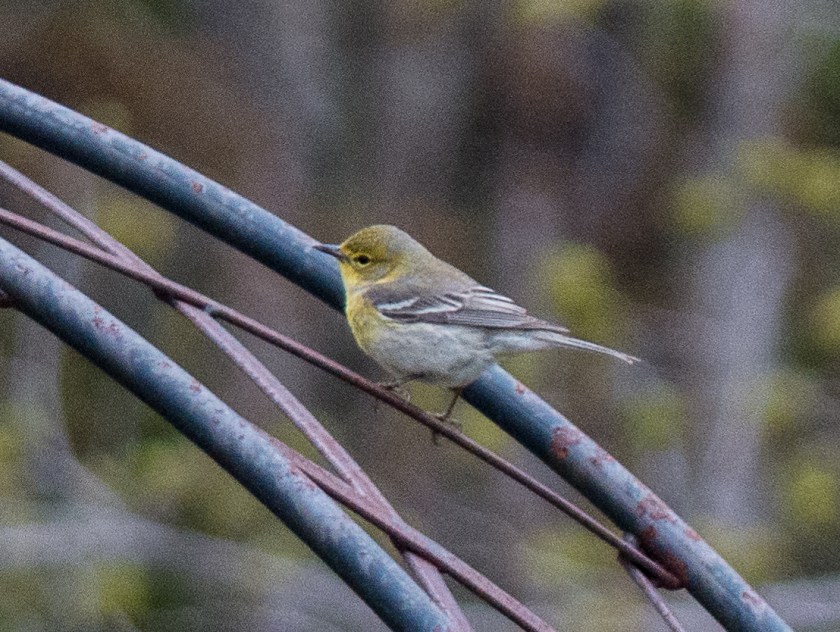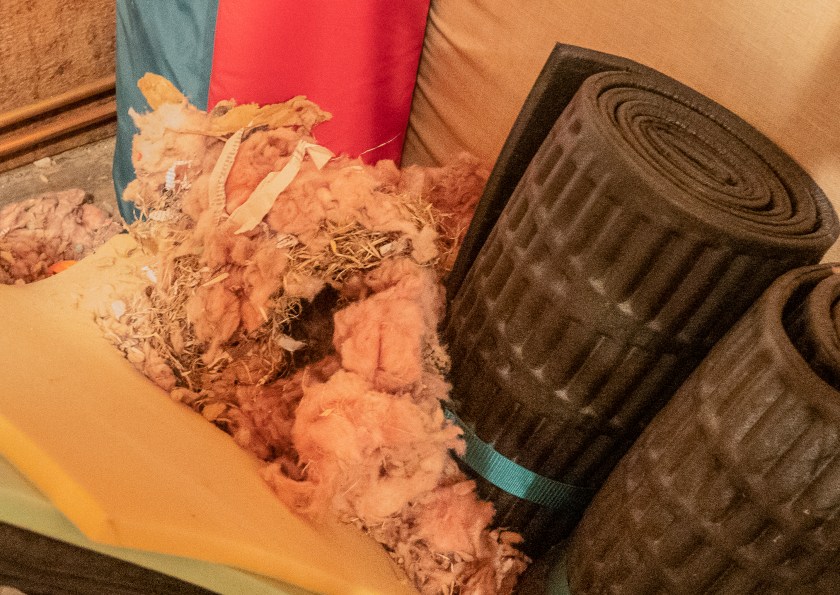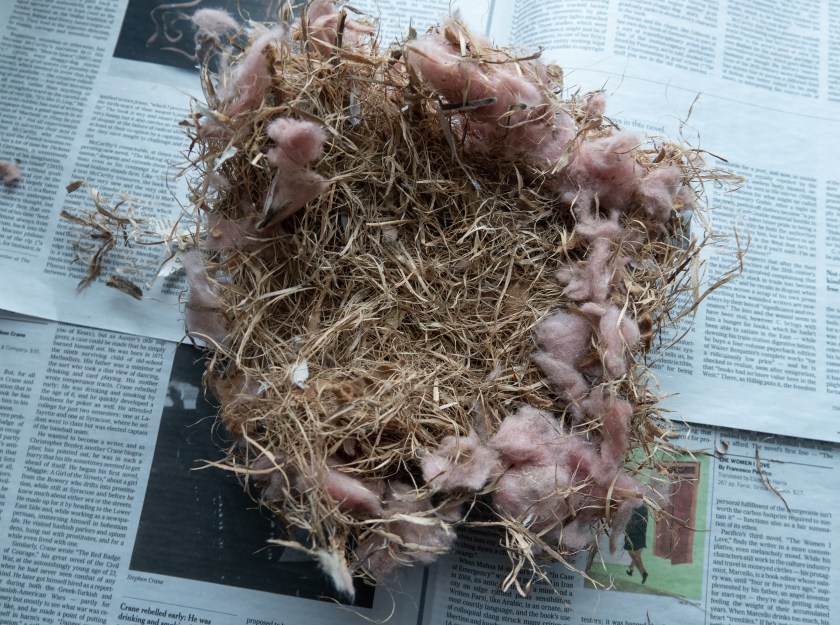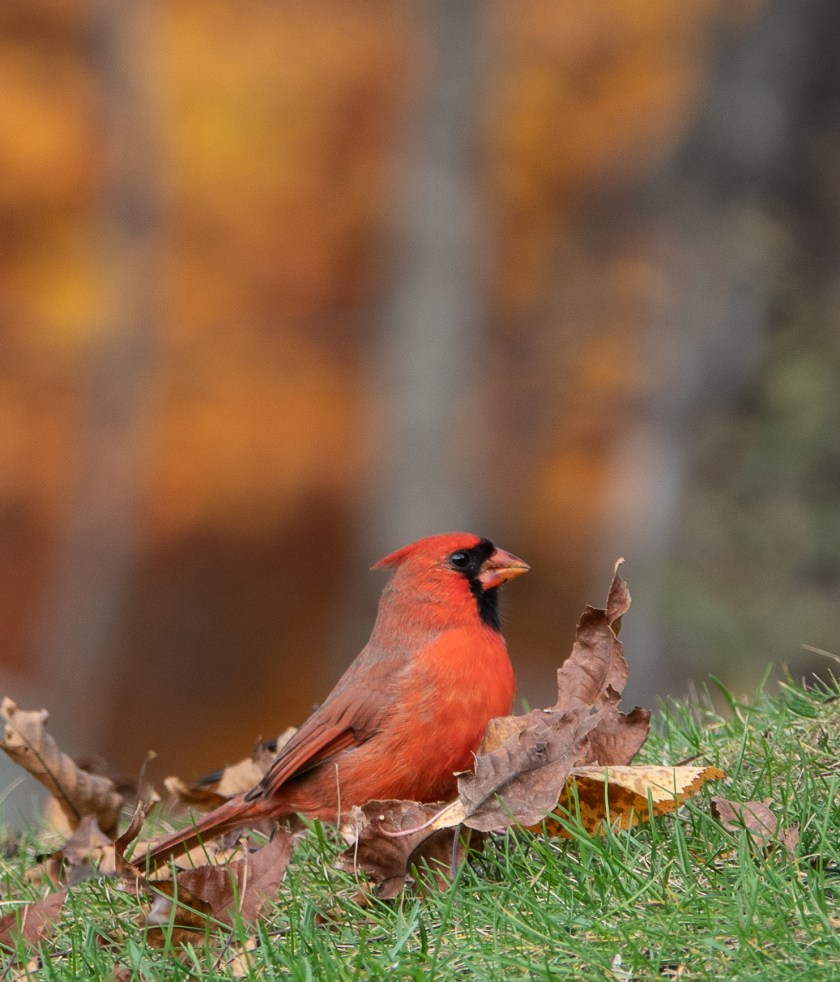[This post focusses on their diet and their digestion, and may not be for everyone! You may want to skip two of the later photos, but the second and final video should raise a smile, trust me.]
My otters like the sunshine, and they are late risers, waiting till the temperature rises to its peak in the afternoon to put in an appearance. I look for them daily, and two days ago we had an unseasonably warm day, 57F, and there they were at 2.30pm for the first time in several weeks.
Otters are carnivores, and they eat fish, crustaceans, and from time to time small reptiles, mammals or birds. This one caught a good sized fish, probably a sucker, which is the preferred prey because they are slow moving and take less energy to catch.

The two below have one each

They eat the entire fish, crunching it up with powerful jaws. It clearly takes some work:

as does the swallowing.

The video below shows one munching away while a second one comes and goes empty-mouthed. Once the meal was complete, the first one went off hunting again for its second course.
What goes in must come out, but they have a very effective digestion, so what is left is a black and tarry residue. (Skip the next 2 photos if you prefer, but don’t miss the final video.)

If you find old scat that has been rained on for a wile, the tar dissolves to reveal fish scales, and tiny fragments of crustacean carapaces.

Sometimes the scat includes insect parts, such as dragonflies, but they may have first been eaten by the fish, which were in turn eaten by the otter. The food pyramid in action.
I had my camera set on video and focussed on both otters, when one left the icehole and set off across the ice for no clear reason. It took me some time to work out why it was doing a jig in the middle of the pond.
If you can’t work it out on a first viewing, watch it again, on full screen if possible! And enjoy that little slide.
They need about 2-3lb of fish per day, and hunt for up to 50% of their day. During the thirty minutes that I watched them I saw these two catch five fish between them, so they seem to be doing OK, and have survived the winter so far. Then the temperature plummeted and the winds whipped up and I retreated, underdressed.
PS The research on their digestive system seems to have been done largely on captive animals with a very different diet. They are known to have a high metabolic rate and a fast digestive system. They do not stick around in highly polluted rivers, but as water quality improves they have been returning.
PPS Sadly, trapping of these stunning animals is still permitted in Maine. The season runs from Oct 31-Dec 31. Population figures are hard to find: in 1988 they were estimated at 18,000, and the annual “harvest” runs around 600 p.a.



















